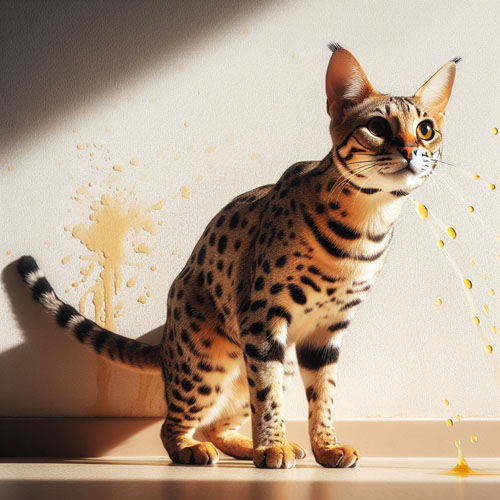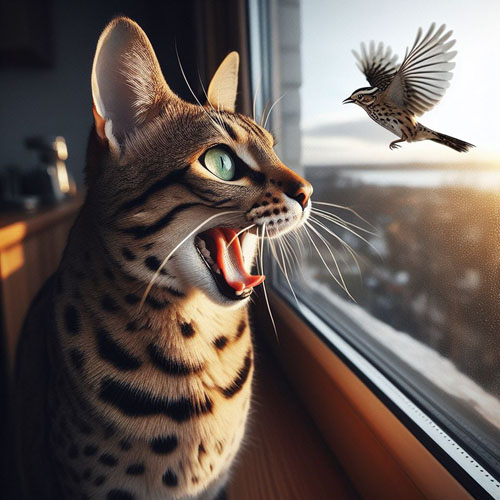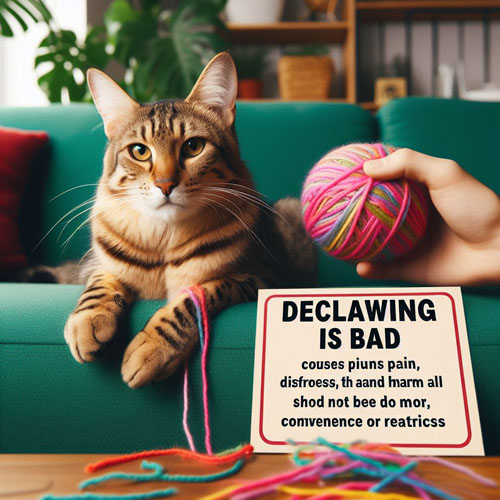Navigating Behavioral Challenges In Savannah Cats
Navigating Behavioral Challenges: Alternatives to Redirection for Training Your Savannah Cat
Training a Savannah cat can be a rewarding yet challenging endeavor, especially when it comes to addressing unwanted behaviors. Redirection is a commonly employed technique, but as every cat is unique, not all respond to the same methods. In this article, we explore alternative approaches to changing your Savannah’s behavior if redirection doesn’t yield the desired results. By understanding different training methods and being patient and consistent, you can foster a positive and well-behaved relationship with your exotic feline companion.
Positive Reinforcement Training: Positive reinforcement is a powerful method that involves rewarding desired behaviors to encourage their repetition. Instead of focusing solely on redirecting unwanted actions, shift your emphasis to praising and rewarding your Savannah when they exhibit positive behaviors. Use treats, verbal praise, or affectionate gestures to reinforce good behavior, creating positive associations that motivate your cat to repeat these actions. To implement positive reinforcement effectively, it’s crucial to catch your Savannah in the act of behaving well. For example, if your cat refrains from biting or scratching inappropriately, immediately reward them with a treat or affection. Consistency is key to reinforcing positive behavior and gradually discouraging undesirable actions.
Clicker Training: Clicker training is a form of positive reinforcement that involves using a small handheld clicker to signal to your cat when they’ve performed a desired behavior. The clicker is followed by a reward, creating a clear association between the action and the positive outcome. This method is particularly effective in shaping specific behaviors, such as teaching tricks or discouraging unwanted actions. To implement clicker training, start by associating the clicker with treats. Click the device and immediately provide a treat. Once your Savannah associates the click with a reward, use the clicker to signal positive behaviors, reinforcing them with treats. This method can be a fun and interactive way to engage with your cat while modifying their behavior.
Desensitization Techniques: If your Savannah cat exhibits fear or aggression in response to specific stimuli, desensitization techniques can be helpful. This involves gradually exposing your cat to the triggering stimulus in a controlled and positive manner, allowing them to become accustomed to it without experiencing fear or aggression. For instance, if your cat reacts negatively to the sound of a vacuum cleaner, start by placing the turned-off vacuum in a room and allow your cat to explore it at their own pace. Reward calm behavior with treats and gradually introduce the sound in short intervals while continuing the positive reinforcement. Over time, your Savannah may become less reactive to the once-frightening stimulus.
Environmental Enrichment: Behavioral issues in Savannah cats can sometimes stem from boredom or lack of mental stimulation. Environmental enrichment involves creating an engaging and stimulating environment to keep your cat mentally and physically active, reducing the likelihood of undesirable behaviors. Provide a variety of toys, scratching posts, climbing structures, and puzzle feeders to keep your Savannah entertained. Rotate toys regularly to maintain their interest, and consider incorporating interactive play sessions into their daily routine. A stimulated and enriched environment can contribute to a happier and better-behaved Savannah.
Professional Behavior Consultation: If alternative methods prove ineffective, seeking the guidance of a professional behavior consultant or a certified feline behaviorist is a valuable option. These experts can assess your Savannah’s behavior, identify underlying issues, and provide a tailored training plan to address specific challenges. A behavior consultation may involve a comprehensive analysis of your cat’s environment, routine, and interactions. The consultant can offer insights into modifying the environment, implementing training techniques, and providing recommendations for creating a harmonious relationship with your Savannah.
Conclusion: Changing your Savannah cat’s behavior requires patience, consistency, and a willingness to explore alternative training methods. While redirection is a commonly used technique, understanding that every cat is unique allows you to adapt your approach to better suit your feline companion. Positive reinforcement, clicker training, desensitization techniques, environmental enrichment, and professional behavior consultation are all valuable tools in shaping your Savannah’s behavior. By combining these methods and tailoring your approach to your cat’s individual needs, you can build a strong and positive bond while addressing any behavioral challenges that may arise.
Keywords: Savannah cat behavior modification, Positive reinforcement training, Clicker training for cats, Desensitization techniques for feline behavior, Professional cat behavior consultation





